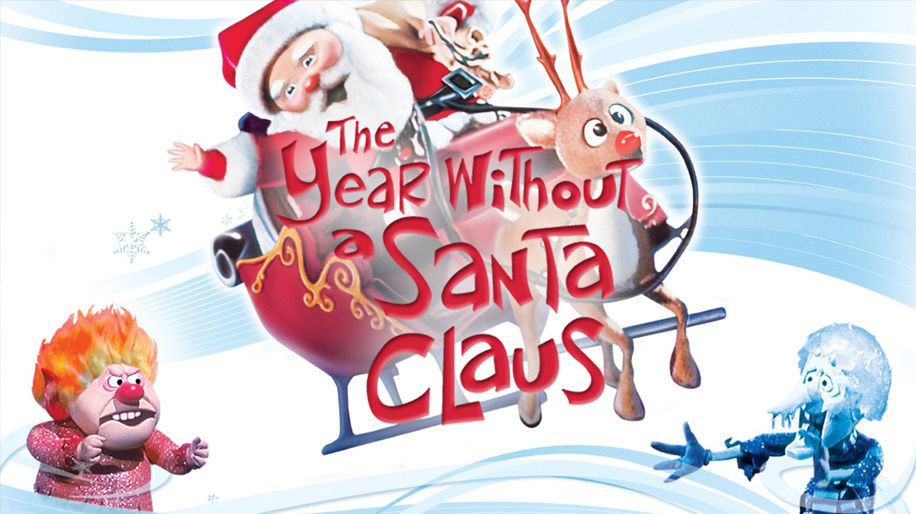Release Date: December 17, 2013
Rating: R
Studio: Universal Pictures
Director: Jeff Wadlow
Starring: Aaron Taylor-Johnson, Chloë Grace Moretz, Christopher Mintz-Plasse, Morris Chestnut, John Leguizamo, Donald Faison, Jim Carrey
Genre: Action, Comedy
[divider]
In a world where crime is everywhere what can the average everyday citizen do to stop it? Well, they can slap on some spandex, latex or their favorite Lycra blend and prance around as if they have super powers. At least that’s what the characters in Kick-Ass did and now he’s back with Hit Girl for more comic inspired carnage. Mark Millar’s particular non-family friendly brand of super hero movie is back in theaters and making the streets run red with justice.
The story picks up after the events of the first film. Kick-Ass has given up the superhero life as he found out that it’s pretty f’n dangerous outside of the pages of a comic. Of course, he gets bored with this and gets back in the suit like any other rational person would do, right? Hit Girl has been taken in by her fathers former cop partner, Marcus, and still secretly does the hero thing while skipping school. Red Mist has be one an emo, revenge obsessed nutcase that dreams of nothing but revenge on Kick-Ass for killing his father. All that and now there’s legions of new self made super heroes popping up everyday. As Red Mist begins moving his plot of retribution in to motion he adopts the name the Mother F$&ker and starts becomes the world’s first super villain. He even recruit a super villain army to counter act the growing number of superheroes.
The story is pretty similar to the one in the comics with a few differences to major plot points. Chloë Grace Moretz is as charming as ever as Hit Girl, the blossoming young woman with a sailor’s foul mouth and killer instinct. She was pretty much the star of the first movie an things haven’t changed this time around as she steals the show. Aaron Taylor-Johnson as Kick-Ass/Dave fits right back into his role as well. The newly christened Mother F?#ker played by Christopher Mintz-Plasse to me had the biggest character switch as be had to become a deranged sociopath from the previously cowering nerd out for daddy’s approval in the previous film but he does it with ease and comes across as a real douche. He still has his moments where the bumbling dork in him shows it’s head but he had to do a complete 180 degree turn in character and it works. Jim Carrey’s much talked about role as Colonel Stars and Stripes more of a quick cameo as his truncated presence was a blip within the movie yet essential to the plot. And oh he does a good job playing the character as he sounds like I imagined he would when I read the comics the film was based on. The black guy from Scrubs is in there too.
The action is what you should expect from this film if you know anything about the first one. There’s ultra violence in abundance (but I always thought it fit in the film as it’s purpose is to show the severity of actual fighting in reality). The language definitely makes it worthy of the R rating as there’s enough of the old swear words to make Richard Pryor proud. The cursing though never keeps the dialogue from being clever when it needs to be. The action scenes are once again well done because they seem like real fights as the more well trained fighter wins the day but shows human flaws as they are tossed and smacked around. There’s also the signature dark, raunchy humor found in the first film.
If you saw the Kick-Ass you should definitely check out part 2; as it’s more of what you loved about the first. The main characters are played well by the returning cast and the added star power of Carrey should get the film more viewers in the cinemas. It’s one of those films you go to and just have a good time with.

Movie
‘Mufasa: The Lion King’ Will Leave You Breathless

“Mufasa: The Lion King” is a visually stunning addition to the beloved Lion King franchise, offering a fresh and emotionally resonant take on the origins of one of Disney’s most iconic characters. The film beautifully explores Mufasa’s journey, balancing heartfelt moments with touches of comedy that lighten the mood and make the story accessible to audiences of all ages. The animation is breathtaking, capturing the vibrant landscapes and lush environments of the Pride Lands, adding depth to Mufasa’s character and his relationships.
The storytelling is compelling, effectively pulling at the heartstrings while providing insights into Mufasa’s character before he becomes the legendary king. However, the setup for Scar’s betrayal feels somewhat underdeveloped, lacking the deeper motivation that could have enriched their complex brotherly relationship. This missed opportunity leaves a slight gap in understanding Scar’s actions, which could have elevated the dramatic stakes.
The musical score is impressive, featuring memorable songs that enhance the emotional impact of pivotal scenes. While there are several standout tracks, one song, in particular, resonates deeply and is sure to linger in viewers’ minds long after the credits roll. Overall, “Mufasa: The Lion King” is an amazing film and a worthy addition to the Lion King lore that manages to deliver both laughter and tears, offering a rich tapestry of storytelling that fans will appreciate.
Movie
Is ‘Kraven the Hunter’ a Total Letdown?

“Kraven the Hunter,” directed by J.C. Chandor, aims to introduce a beloved Spider-Man villain to the big screen, but unfortunately, it falls short of expectations. The film suffers from noticeable issues, notably an overuse of ADR (Automated Dialogue Replacement), which detracts from the authenticity of the characters’ interactions and contributes to an uneven audio experience. This technical flaw is compounded by rough storytelling that feels disjointed and lacking in coherence, leaving viewers struggling to connect with the narrative.
Aaron Taylor-Johnson delivers a commendable performance as Kraven, showcasing the character’s gritty nature and complex motivations. His portrayal has potential, and it’s evident that he could elevate the character far beyond what is presented with a stronger script and direction. However, the absence of Spider-Man, a central figure in Kraven’s lore, leaves a void that the film struggles to fill. Without this critical connection, the plot meanders and fails to create the tension or stakes that fans of the superhero genre crave.
Additionally, including Rhino as a villain feels like a missed opportunity; he is presented more as a gag character with limited screen time, undermining any sense of threat or depth. For the average moviegoer, “Kraven the Hunter” might entertain but ultimately feels like a mediocre viewing experience. Comic book fans, however, may find disappointment in this lackluster attempt to create a solo character film. Instead of an exhilarating dive into Kraven’s world, the film presents a watered-down version, leaving audiences wishing for a more cohesive vision that honors its comic book roots.
Movie
A Brief Review and History of A Year Without a Santa Claus

A Year Without a Santa Claus, the 1974 stop-motion holiday classic produced by Rankin/Bass, is a heartwarming and whimsical tale that has cemented its place in holiday traditions. Based on Phyllis McGinley’s 1956 book, the story revolves around a disheartened Santa Claus who, feeling unappreciated, decides to take a year off from his Christmas duties. It’s up to Mrs. Claus and a pair of well-meaning elves, Jingle and Jangle, to reignite the Christmas spirit and show Santa the world’s unwavering belief in him.
The movie is beloved for its unforgettable characters, especially the bickering Miser Brothers, Snow Miser and Heat Miser. Their catchy, vaudeville-style musical numbers, “Snow Miser Song” and “Heat Miser Song”, are so iconic they’ve become cultural touchstones, often parodied and celebrated decades later.
Directed by Arthur Rankin Jr. and Jules Bass, the film continues the duo’s tradition of stop-motion magic, blending heartfelt storytelling with quirky humor. The voice cast, featuring Mickey Rooney as Santa and Shirley Booth as Mrs. Claus, delivers standout performances. Booth’s warm narration was her final acting role before retirement, adding a layer of poignancy to the film.
Initially released on December 10, 1974, on ABC, the special didn’t immediately achieve the legendary status of Rudolph the Red-Nosed Reindeer. However, it gained a dedicated following through annual holiday airings, nostalgic appeal, and its distinct charm.
The film’s themes of hope, unity, and rekindling joy remain timeless, making it a perennial favorite for audiences of all ages. Its blend of humor, catchy songs, and a touching message about believing in magic and goodwill ensures its enduring legacy during the holiday season.
For fans of holiday classics, A Year Without a Santa Claus is a must-watch that never fails to warm hearts and spread cheer.

